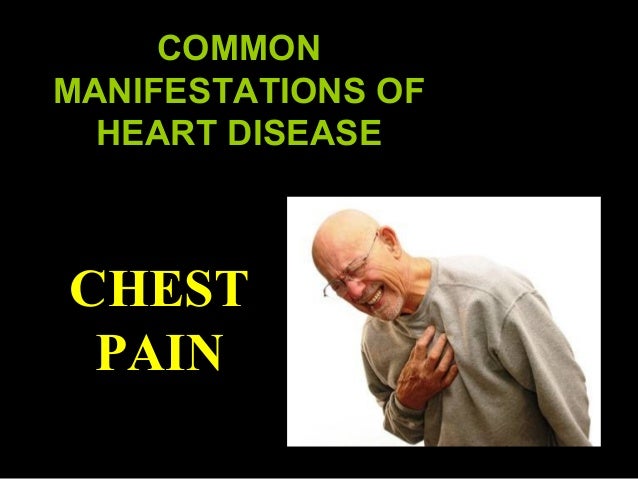The program in narrative medicine that was conceived, developed, and implemented at Columbia University under the leadership of Rita Charon, M.D., PhD. teaches medical students and residents to reflect upon and to write about illness as it affects their patients.
This goes beyond traditional training which is satisfied with an accurate diagnosis and an effective treatment plan. It involves so much more than clicking the bullets on an EMR. Exploring the patient's narrative provides insight into the ways illness/injury changes every aspect and every relationship in their patients' lives. Their sense of self. Their ability/inability to fulfill their perceived role in the family and in society as a whole. Their fears and sorrows. Where they find strength. What gives them hope. This process enables doctors to see their patients as more than interesting or challenging cases. Now they are tending the whole person--body, mind, and spirit.
"Stories are not material to be analyzed;
they are relationships to be entered."
~A.W. Frank~
This practice improves the physician's sense of engagement with his patients. It deepens empathy. It has been shown to improve physician satisfaction and to lessen the likelihood of burn-out.
"Writing improves clinicians' stores of
empathy, reflection, and courage."
~Rita Charon, MD, PhD~
But narrative medicine isn't just for doctors.
Everyone who works in a health care system carries untold stories with them. Nurses and aides, EMTs and first responders, and therapists in every field have important stories to tell. Even staffers such as receptionists, orderlies, and even maintenance and food service workers all have stories they could share with us.
"While medicine creates material
for writing, perhaps even more important
is that it also creates
a psychological and emotional
need to write."
~Daniel Mason~
But narrative medicine isn't just for them, either.
The book on narrative medicine begins with the patient's story...a story almost everyone can tell. If you have ever visited a doctor's office or an emergency room, or been admitted to the hospital, or been a caretaker for a friend or family member, reflecting on the experience can help you organize your thoughts about it. It encourages you to sort out and name your feelings about it. It clears away confusion, and that eases fear. When you tell your story and someone hears it, you both learn from it. When you write your story and someone reads it, you leave part of your burden on the page.
Storytelling applied to the practice of medicine is more than helpful. It is a healing process.
"Writing is medicine.
It is an appropriate antidote to injury.
It is an appropriate companion
for any difficult change."
~Julia Cameron~
jan






